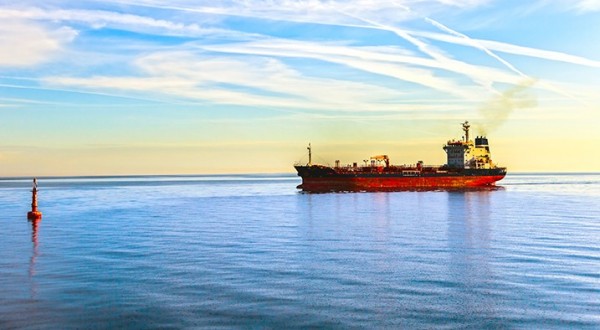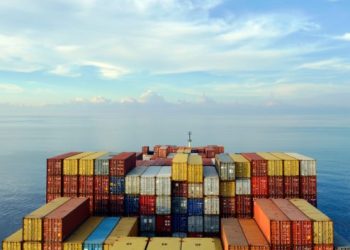The benefits of designing ships for the conditions they face at sea are self-evident, but using voyage simulations and historical data means design decisions can be optimised for vessel performance, according to Foreship.
Naval architecture and marine engineering company Foreship has used CFD analysis to support a case for the superior performance of bows featuring vertical stems over their bulbous counterparts at far lower wave heights than has previously been acknowledged. Real sea states have also provided useful input for Finite Element Method software when considering slamming and structural design issues.
Data inputs include the hull, the propellers, the rudders, the general arrangement and the main engines to calculate fuel consumption and motions on board the vessel during simulated voyages. Voyages are from port to port, start on a given day at a given time and have a target arrival date and time, and an initial routing.
“Realistic conditions are created by using hind-cast environmental data of the wind, waves and currents on the actual route the vessel will follow and using simulations of how the vessel will be operated,” says Matthew Patey, Foreship Project Manager.
“That includes decisions on the engines that minimize fuel consumption and what route to follow to avoid bad weather.”
It is easier and more accurate to assess the impact of design changes on fuel consumption and comfort using a single, consistent approach based on the same model and realistic weather conditions and a realistic route than to deal with these issues separately, Patey explains.

Considered separately, each type of environmental data has inaccuracies, and there is a risk of inconsistency between analyses and communication failures between different design disciplines.
Using this approach, the full impact of a design change can be considered in a single analysis. If the widening of the hull were being considered, for example, the effects on fuel consumption, speed, engine profile and passenger comfort could be simulated, and the different possibilities for engine configurations investigated very quickly.
“By using operational data from a reference vessel i.e. similar type ship as the new design, the operability analysis methods can be calibrated with existing data for the reference ship and applied more accurately in the new design. Issues such as marine growth, for example, have a significant effect on the fuel consumption, but depend on the route and cleaning schedule for the hull. This is data which is best obtained from real operational experience.”Mr. Patey noted.
”Through the integration of real performance data in the operability analysis, a much more realistic assessment of the new vessel’s performance can be made. Then the vessel design can be optimized not only for the actual environmental conditions but also for the way the vessel is expected to be operated,” he added.
The Voyage Simulation approach establishes the operational profile of the vessel and the weather conditions under which it can safely, comfortably and most profitably operate. It includes any design or operation decision that affects fuel consumption and comfort on board in the same analysis, and requires formal responses from designers to operational questions which may formerly have been considered of either indeterminate weight, or even background noise. These might include:
- When is the best time to cruise the South Pacific?
- Do we need to make the vessel bigger to extend the operating season?
- What should this itinerary’s departure and arrival times be?
- What combinations of engines do we really need?
- How long will it take to return to port if we lose one propeller?






























































